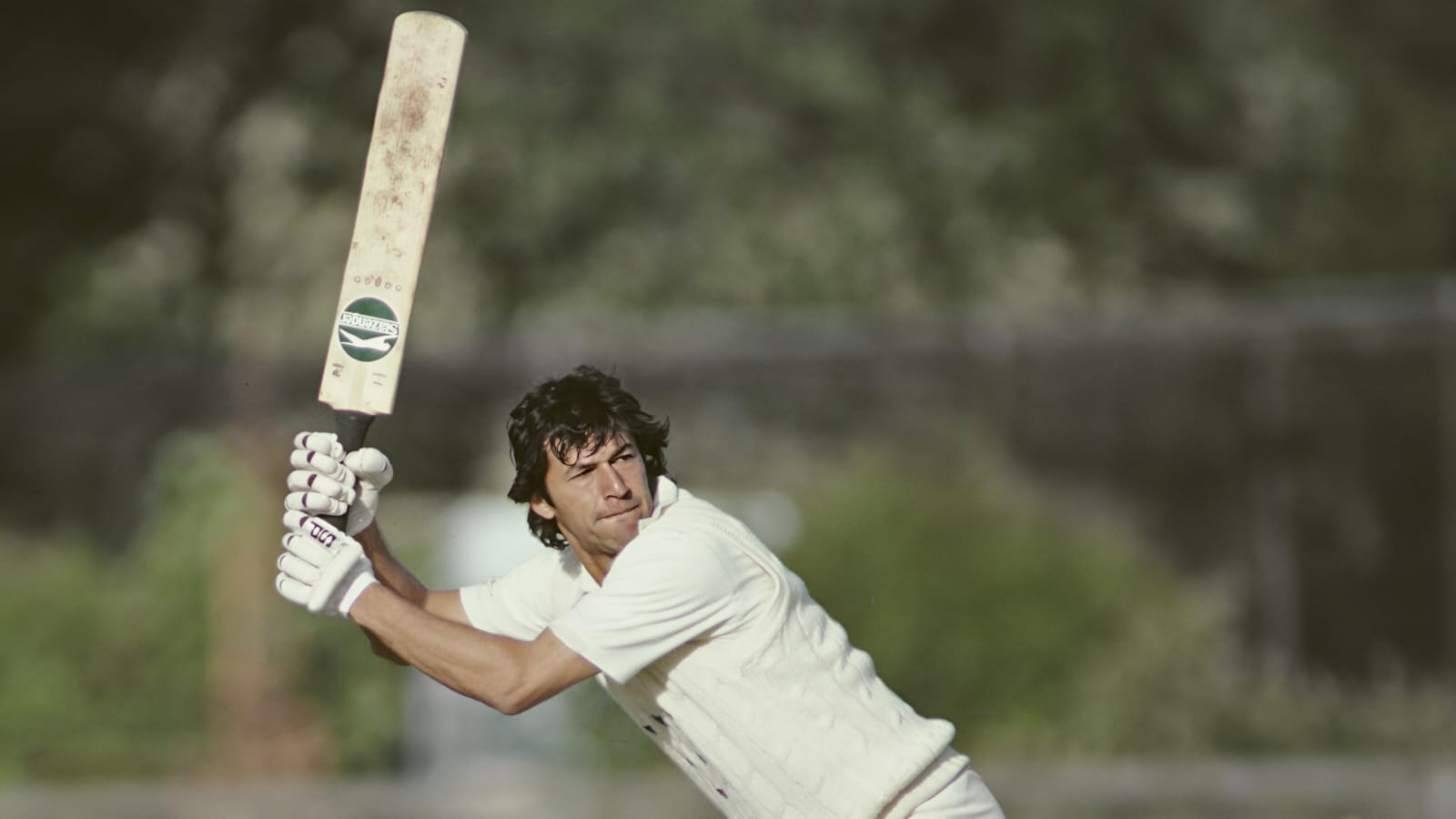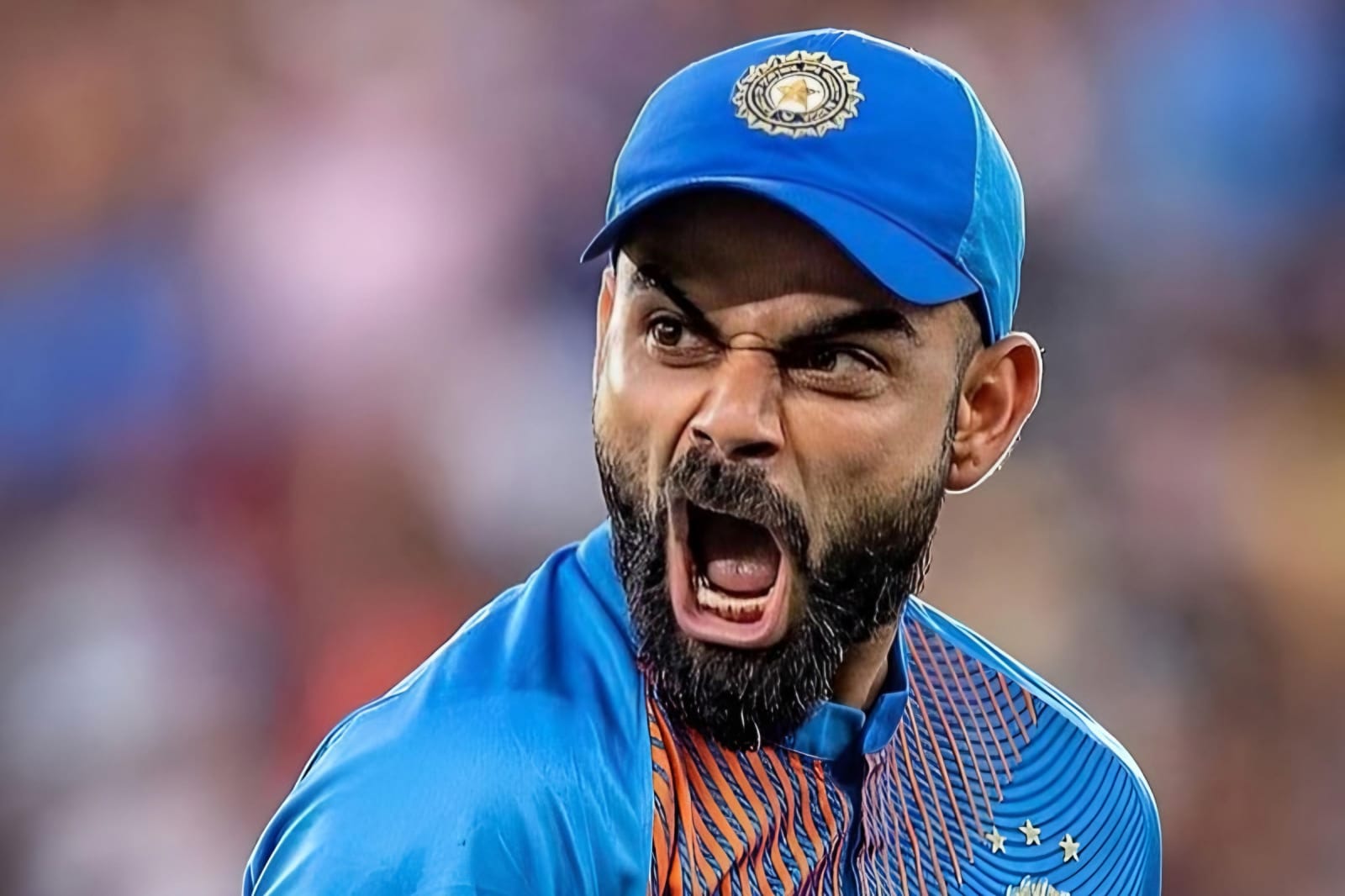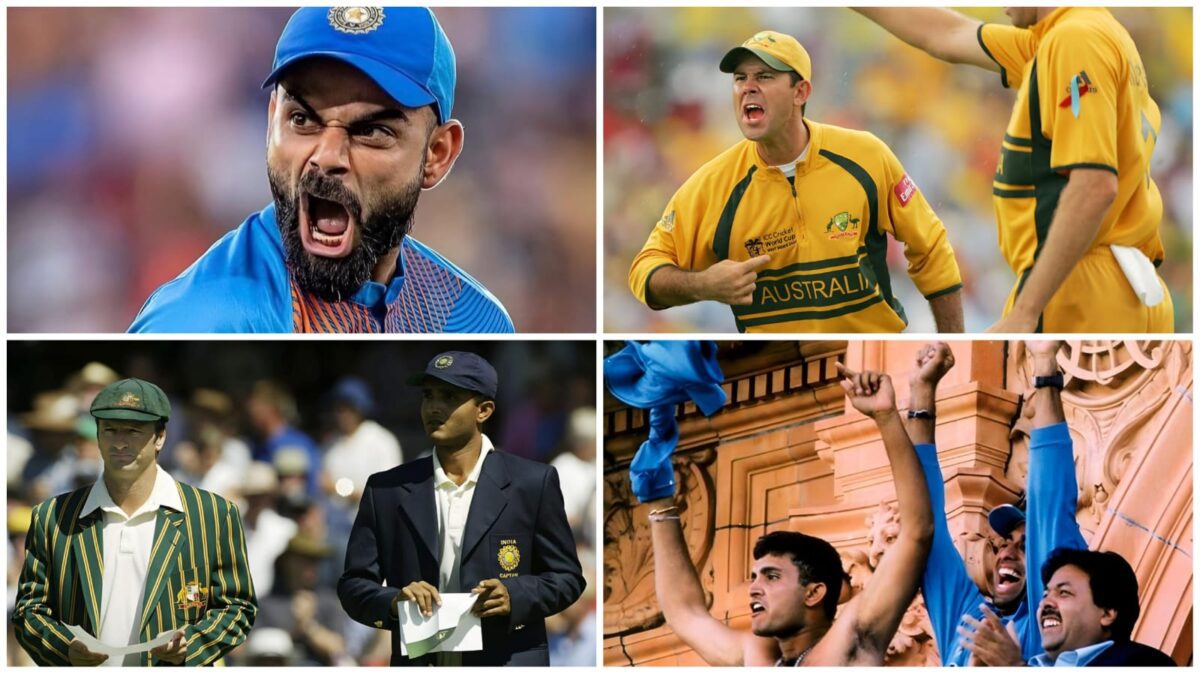Cricket, often referred to as the “gentleman’s game,” can be surprisingly intense. While fair play and sportsmanship are core values, a healthy dose of aggression can be a game-changer.
This article delves into the world of most aggressive captains in cricket and explore their strategies, legacies, and the impact they have on the sport.
Defining Aggression: Beyond Anger
Aggression in cricket goes beyond just a fierce stare or a raised voice. Here’s a breakdown of different perspectives:
- Body Language: Aggressive captains often exude an aura of intensity. Think Steve Waugh’s steely glare or Virat Kohli’s passionate celebrations. This can intimidate opponents and energize teammates.
- Field Placement and Tactics: Captains who set attacking fields or deploy unconventional bowling strategies to unsettle batsmen are considered aggressive. Think of Sourav Ganguly’s bold decision to promote a young Yuvraj Singh up the batting order in the 2002 NatWest Trophy final, a move that turned the tide of the match.
- Motivational Style: A captain who uses fiery speeches, intense pep talks, or even sledging to get the best out of their players exemplifies aggressive leadership. Imran Khan was known for his stirring pre-match speeches that instilled a never-say-die attitude in his Pakistani team.
- Decision Making: Taking calculated risks, like declaring early or bowling unorthodox spells, falls under aggressive captaincy. Ricky Ponting’s decision to enforce the follow-on against India in the 2003 Boxing Day Test, a gamble that ultimately paid off, is a prime example.
Deeper Analysis: The Psychology of Aggression
Aggression in cricket leadership is a complex phenomenon with deep psychological roots. Cultural backgrounds play a role, with some nations known for a more expressive style (e.g., Australia) compared to others (e.g., England).
Personal experiences can also shape a captain’s approach. For instance, Virat Kohli’s early career experiences with sledging might have influenced his own fiery persona.
5 Most Aggressive Captains in Cricket
Cricket history boasts several iconic captains known for their aggressive style:
1. Imran Khan (Pakistan):

A charismatic leader, Khan instilled a never-say-die attitude in his team. His aggressive batting and fiery bowling inspired Pakistan to their historic 1992 World Cup victory.
Famous Aggressive Moment:
One of his most aggressive moments was when Imran Khan scored a career-best 136 against Australia in Adelaide in 1990, coming to bat when Pakistan was in trouble at 4-22 and playing a captain’s innings with some elegant shots and a lot of patience.
2. Steve Waugh (Australia):

“Waughy” was all about winning, pushing his team to the limit. His tactics, like the infamous “mental disintegration” strategy, and intense on-field presence defined an era of Australian dominance.
Famous Aggressive Moment:
One of his most aggressive moments was when Steve Waugh scored 190 on the first day of the Ashes series in 2006/07 against England at Brisbane, signaling his intent to dominate the series.
3. Ricky Ponting (Australia):

Taking the baton from Waugh, Ponting led with a similar ruthless efficiency. His aggressive batting and constant communication with his bowlers made him a formidable opponent.
Famous Aggressive Moment:
One of his most aggressive moments was when he scored 98 in the first men’s T20 international between New Zealand and Australia, which was played as a bit of a hit-and-giggle in Auckland in 2005.
4. Sourav Ganguly (India):

“Dada” transformed Indian cricket with his aggressive captaincy. He instilled a belief in winning away from home and backed young talent, leading India to a period of great success.
Famous Aggressive Moment:
After India’s historic win, Ganguly took off his shirt and waved it in the air at the Lord’s balcony, a scene which has become memorable in Indian cricket’s history.
5. Virat Kohli (India):

The former Indian captain is synonymous with passion and aggression. His intense on-field persona, combined with his fiery batting, motivated his team to become a force to be reckoned with.
Famous Aggressive Moment:
One such instance was during the 2012 tour of Australia when he showed his finger to the Sydney crowd in response to their constant abuse. Another notable moment was during the IPL 2024, where Kohli’s animated reaction and aggressive send-off to IPL debutant and CSK opener Rachin Ravindra after the latter’s dismissal sparked controversy.
Interviews and Quotes: Bringing in the Experts
“Dada’s aggression was infectious. He instilled a belief in us that we could win anywhere in the world, and that made a huge difference.”
VVS Laxman (Former Indian Batsman), on Sourav Ganguly’s Leadership
“There’s a fine line between banter and abuse. Sledging can be a tactic, but it shouldn’t cross the line of sportsmanship.”
Mark Waugh (Former Australian Cricketer), on the Impact of Sledging
Impact of Aggression: A Double-Edged Sword
Aggressive leadership undoubtedly brings benefits:
- Increased Motivation: A captain’s intensity can rub off on the team, creating a winning mentality. Captains like Ricky Ponting used their aggressive energy to constantly push their players to be better.
- Quick Decision Making: Being decisive in crucial moments requires an element of aggression. Captains like Sourav Ganguly were known for their ability to make quick decisions under pressure, which often turned the tide of matches.
- Unleashing Potential: Pushing players out of their comfort zones, like Steve Waugh did with his bowlers, can lead to them exceeding expectations.
However, aggression can also backfire:
- Overconfidence: An aggressive mindset can lead to underestimating opponents, resulting in complacency. This can be seen in some of Ricky Ponting’s captaincy decisions, where his team’s dominance sometimes led to a relaxed approach against lesser opponents.
- Poor Sportsmanship: Excessive aggression can cross the line into sledging and disrespect, tarnishing the spirit of the game. While some view sledging as a tactic, captains like Steve Waugh have been criticized for its negativity.
- Disciplinary Issues: Frustration can boil over, leading to on-field altercations and suspensions. Virat Kohli’s occasional outbursts have resulted in fines and disciplinary actions.
Comparison and Contrast: Across Eras and Nations
A comparative analysis of aggressive captains across different eras or cricketing nations reveals both similarities and differences:
- Imran Khan vs. Steve Waugh: Both were fiercely competitive all-rounders who led by example. Khan used a more passionate and motivational style, while Waugh employed calculated aggression and tactical innovation.
- Sourav Ganguly vs. Virat Kohli: Both transformed their respective teams with their aggressive approach. Ganguly was more strategic in his aggression, while Kohli brings a more intense and emotional energy to the field.
Case Studies: Decoding the Impact of Aggressive Captaincy
Case Study 1: 2002 NatWest Trophy Final – Sourav Ganguly’s Gamble
Context: Trailing in the finals against England, India needed a spark to chase down a mammoth 326 runs. Captain Sourav Ganguly, known for his aggressive leadership, made a bold decision: promoting a young and uncapped Yuvraj Singh up the batting order to partner with the experienced Sachin Tendulkar.
Aggressive Captaincy in Action: This move defied expectations and showcased Ganguly’s willingness to take calculated risks. It instilled belief in his team and sent a message of intent to the opposition.
Impact on the Match: Yuvraj Singh, fueled by Ganguly’s faith, played a match-winning knock of 69 runs, forming a crucial partnership with Tendulkar. India chased down the target with ease, marking a historic victory and a turning point in their approach to ODI cricket.
Analysis: Ganguly’s aggressive captaincy, exemplified by his unconventional batting order selection, displayed several key aspects:
- Trust in Young Talent: His faith in Yuvraj Singh, despite his lack of experience, paid dividends. This aggressive trust can motivate young players and unlock their potential.
- Shifting Momentum: The unexpected promotion disrupted England’s bowling strategy and put India on the front foot. This highlights how aggression can be used to seize the initiative and dictate the tempo of the game.
Interactive Timeline: (Consider incorporating an interactive timeline here that allows readers to explore key moments of the match, such as Yuvraj Singh’s innings and crucial partnerships)
Case Study 2: 2018 Border-Gavaskar Trophy – Virat Kohli’s Intensity
Context: The 2018 Border-Gavaskar Trophy in Australia witnessed a fiery display of captaincy from Virat Kohli. His aggressive on-field persona and passionate exchanges with the opposition became a talking point throughout the series.
Aggressive Captaincy in Action: Kohli’s intensity manifested in his body language, animated celebrations, and vocal communication with his bowlers. He displayed a “never back down” attitude, motivating his team to compete fiercely against a strong Australian side.
Impact on the Series: India performed well under Kohli’s leadership, retaining the Border-Gavaskar Trophy for the first time in Australia. However, some of his on-field behavior attracted criticism for crossing the line of sportsmanship.
Analysis: Kohli’s aggressive captaincy in this series had both positive and negative consequences:
- Motivational Leadership: His passion and intensity undoubtedly inspired his team and helped them achieve success. This case study highlights the power of aggression in rallying a team and fostering a competitive spirit.
- Potential Drawbacks: Some of Kohli’s aggressive behavior, such as heated exchanges with the opposition, could be seen as unnecessary and potentially distracting for both teams. This emphasizes the importance of maintaining a balance between aggression and composure.
Chart Comparison:
Here’s a chart comparing India’s performance under Kohli’s captaincy in the 2018 Border-Gavaskar Trophy with their performance in the previous two tours of Australia:
| Statistic | 2018-19 (Kohli Captain) | 2014-15 | 2011-12 |
|---|---|---|---|
| Series Result | Won 2-1 | Lost 0-4 | Lost 4-0 |
| Matches Won | 2 | 0 | 0 |
| Matches Lost | 1 | 4 | 4 |
| Kohli’s Batting Average | 89.66 | 12 | 18.78 |
This chart shows a significant improvement in India’s performance under Kohli’s aggressive captaincy compared to the previous two tours. Kohli himself displayed exceptional batting form, averaging nearly 90 runs per innings.
It’s important to note that several factors can contribute to a team’s performance, and Kohli’s leadership is just one piece of the puzzle.
These case studies illustrate the multifaceted nature of aggressive captaincy in cricket. While it can be a powerful tool for motivation and achieving success, it’s crucial to manage emotions and channel aggression productively to avoid negativity and maintain sportsmanship.
Expert Opinions: Diverse Viewpoints
“Aggressive leadership can be an effective tool for motivation, but it’s crucial to manage emotions and channel aggression productively.”
Dr. Tim Bunnel (Sports Psychologist)
“Aggressive captains have redefined the role of leadership in cricket, but it’s important to remember that the game thrives on a balance of aggression and composure.”
Gretchen Cook (Cricket Historian):
Conclusion: A Delicate Balance
Aggression in cricket leadership is a double-edged sword. While it can be a powerful tool for motivation, decision-making, and inspiring a winning mentality, it can also lead to overconfidence, poor sportsmanship, and loss of focus.
The most successful aggressive captains are those who can strike a balance – using their intensity to propel their team forward while maintaining sportsmanship and a clear head.
Ultimately, the legacy of these captains lies in their ability to push the boundaries of the game and inspire generations of players with their unwavering passion and desire to win.
James Paul is a former first-class cricketer and passionate cricket analyst. His decades of experience on the field and his love for the game shape his insights into the strategies and personalities that define world-class cricket.

Aggression in cricket leadership is a complex phenomenon with deep psychological roots. Cultural backgrounds play a role, with some nations known for a more expressive style (e.g., Australia) compared to others (e.g., England)
Great list of the most aggressive captains! Their fire and passion on the field make cricket thrilling. For those looking to add excitement off the field, check out the best cricket betting app for live betting and more.
Absolutely! Aggressive captains inject dynamism into cricket, igniting fiery battles on the field. Their passion elevates the game to new heights. As for the best schools in Behala, Kolkata, institutions like St. Thomas’ Boys’ School and Behala High School stand out for their academic excellence and holistic development programs.”
BEST BETTING WEBSITE
https://www.salad6688.com/
This cricket betting app offers real-time odds, live match updates, and a user-friendly interface. Enjoy seamless betting on your favorite cricket matches with secure transactions and expert tips. Join our community of cricket enthusiasts and take your betting experience to the next level. Download now and start winning!